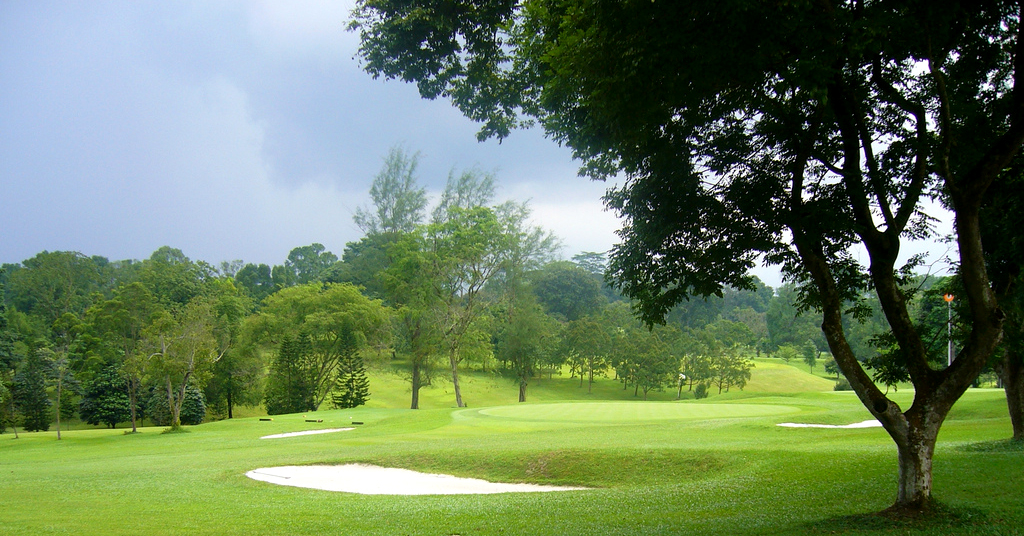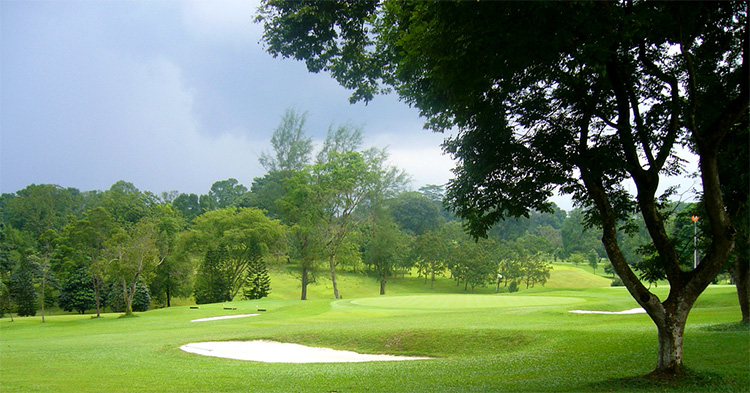
Over the last 100 years, golf course construction has experienced three major booms in the United States, the most recent occurring during the mid1990s to early 2000s. The rise in popularity of the game and demand for new construction led to courses being designed for maximum visual impact, often times on land that was not ideal for growing turfgrasses. Poor site selection resulted in large direct and indirect costs of construction and future maintenance.
Although new construction has slowed in this country in recent years, we are now entering an era of golf course architecture that focuses on environmental stewardship and sustainability, rather than aesthetics. Over the last few years, the top-ranked new golf course projects have either been “minimalistic” designs or courses that have been built on reclamation sites.
“Minimalism” seeks to find a balance between the game of golf and the environment, with aesthetics being secondary. Site selection is central in the design process, and only sites that are conducive to growth of turfgrasses are considered. Minimalistic courses often resemble the Scottish links courses on which the modern game originated. Little earthmoving leads to fewer construction costs (and debt passed on to golfers), less disruption of the environment, and a “natural” look as the subtleties of the landscape are highlighted. These courses are typically on sandy soils, populated with low input shrubs and turfgrasses, and often lack trees. This combination leads to improved turfgrass growth, better drainage, and fewer pest pressures and chemical inputs.
Future Cities Could Be Lit By These Beautiful Bioluminescent Trees http://t.co/EBUjf3qCld pic.twitter.com/yTlt5YTabc
— State U of New York (@SUNY) May 23, 2014
Another environmentally positive trend in golf course architecture is construction on reclamation sites, or land that has been previously used or contaminated. Golf course construction on unused, unwanted, or contaminated land, such as quarries, landfills, and mining operations, have had enormous benefits for communities and the environment. Many of these sites require extensive soil mitigation, intricate engineering, and environmental monitoring, and thus may be lengthy projects that are costly to construct.
However, the end result of many of these projects has been nothing short of environmental success stories. Most of the projects require extensive permitting and involvement with state or federal agencies. Some projects require cataloguing flora and fauna at the start and finish of the project. This has allowed for developers to provide evidence for improved environmental health by documenting increases in local bird, fish and wildlife populations. Reclamation sites are likely to become more popular choices for golf course construction in the future as available land for recreational purposes becomes more scarce.
The design, construction, and maintenance of golf courses have evolved greatly over the last century. In the next century, the demand for new construction is likely to remain stable or slow even further. However, many of the environmental lessons learned from the construction and development of recent golf course projects are likely to have cascading, positive impacts on how turfgrass managers renovate and maintain existing courses.
This article was written by Dr. Ben McGraw, SUNY Delhi Associate Professor of Turf Management
Top photo via Benoit Mortgat on Wikipedia





These courses are usually on sandy soils, inhabited with low input shrubs and turfgrass, and often lack trees. This combination leads to turfgrass growth, better drainage, and lower pest pressure and chemical inputs. Thanks for sharing. In my opinion, the construction of golf courses is still in full swing in Southeast Asia and China.
Most of the projects require extensive permitting and involvement with state or federal agencies. Some projects require cataloging flora and fauna at the start and finish of the project. These courses are typically on sandy soils, populated with low input shrubs and turfgrasses, and often lack trees. This combination leads to improved turfgrass growth, better drainage, and fewer pest pressures and chemical inputs.
It is good that the environment is taken care of with the construction of golf courses. We can protect the environment and enjoy playing golf at the same time.
thanks for sharing. In my opinion, golf course construction is still booming in south east asia and China.
nice article man.